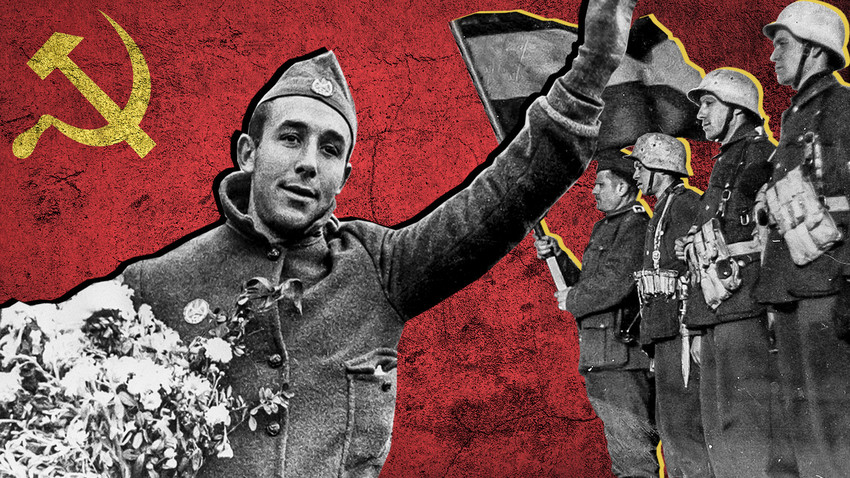
In the spring of 1939, the brutal and bloody civil war in Spain was over. But far from all Spaniards had laid down their arms. Although in the world war that soon followed the country proclaimed its neutrality, thousands of Spaniards went to fight in the battlefields of Europe.
There, once again they found themselves on opposing sides. Some joined the Allied armies to take revenge on the Italians and the Germans for the death of the Republic, in which those two countries had played a no small part. Others, however, joined the German army that was advancing on the USSR, driven by the desire to repay the Communists for interfering in Spanish affairs during the civil war.
Germany’s invasion of the Soviet Union on June 22, 1941 caused quite a stir in Spain. On the same day, Foreign Minister Serrano Suner informed the German ambassador to Madrid that his country welcomed the attack and was ready to assist the Third Reich with volunteers.
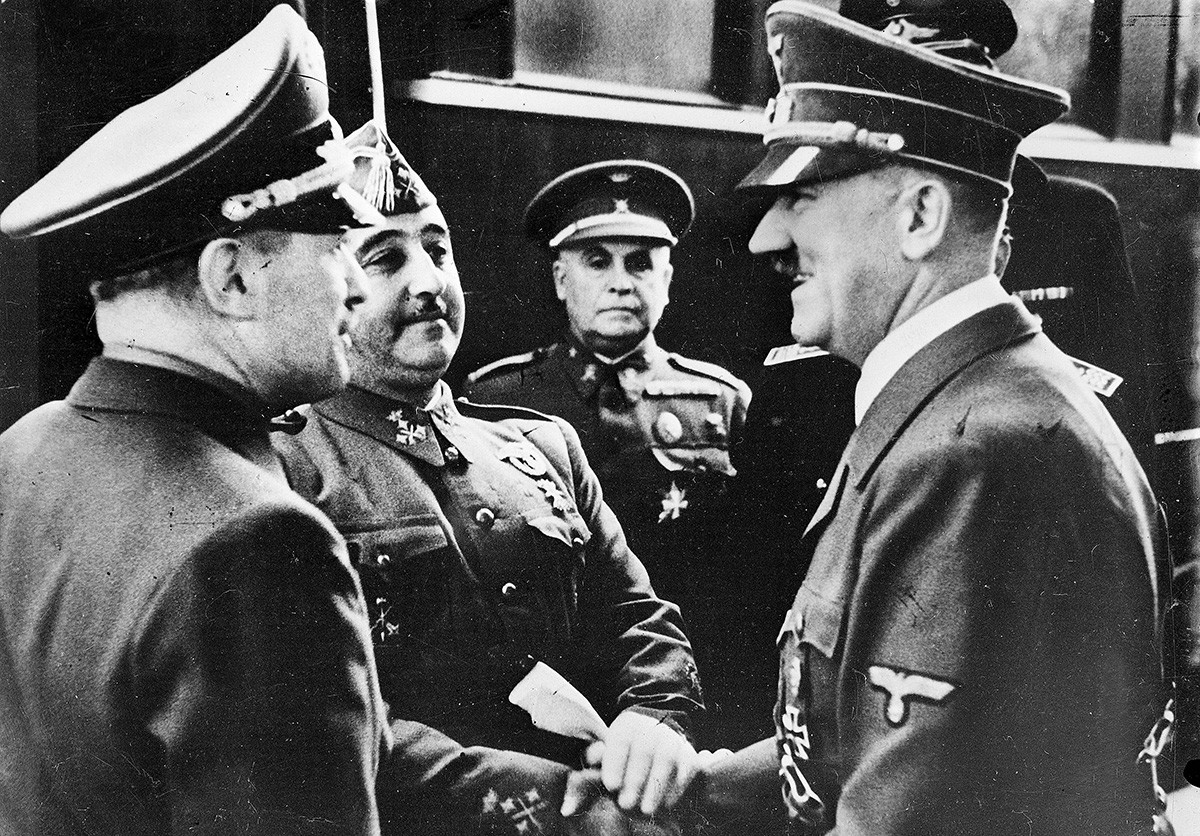
The motivation of volunteers signing up to go to the Eastern Front was different. Some wanted to get even with the Russians for their interference in Spanish affairs; others sincerely hated communism. There were also those who thus tried to 'make up' for their Republican past, and even those who, secretly remaining faithful to the defeated Republic, hoped to defect to the Red Army once they were at the front.
The first echelon with over 18,000 volunteers left for Germany already on July 13, 1941. Overall, during the war against the USSR, between 50,000 and 70,000 Spanish volunteers served in the 250th Infantry Division, also known as the Spanish Volunteer Division, or simply the Blue Division. In addition, a Blue Squadron operated in Soviet skies, downing a total of 150 Soviet aircraft.
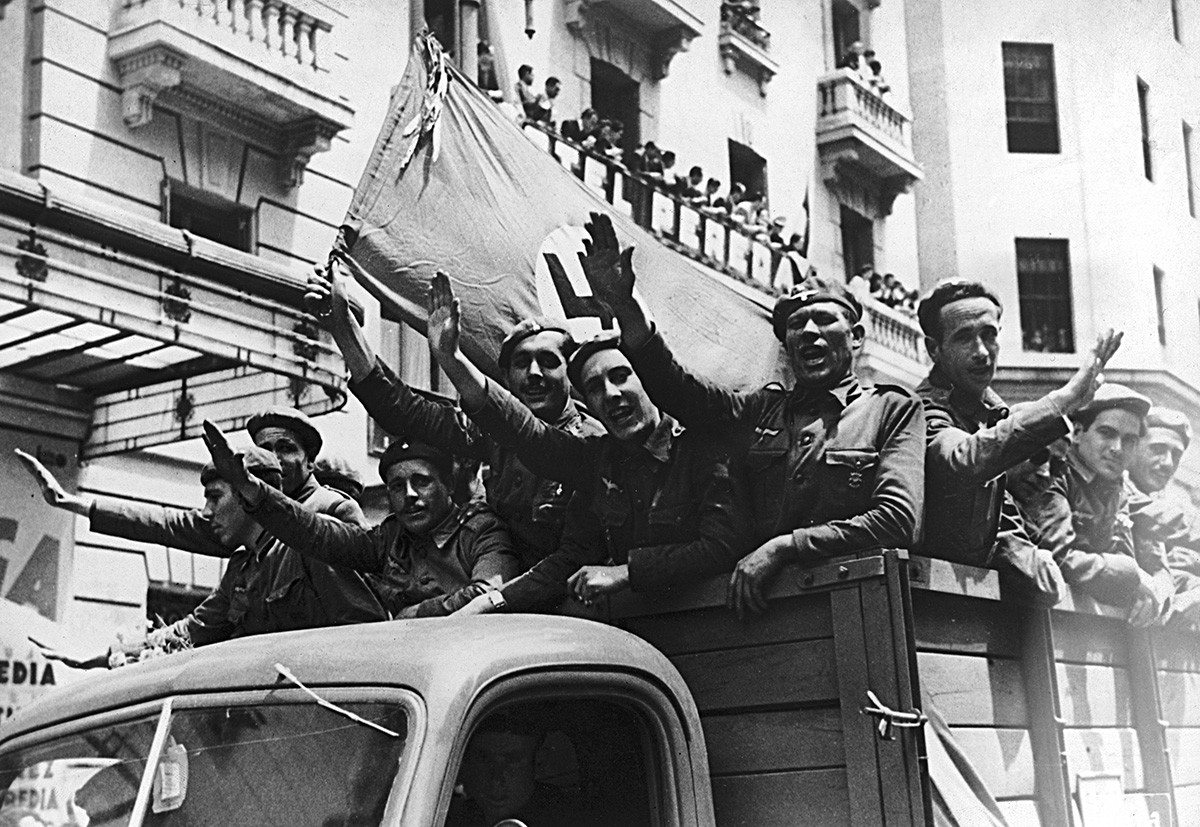
The Germans were ambivalent about their Spanish allies. On the one hand, they noted their complete lack of discipline and order. On the other, they admired their great courage. “One can't imagine more fearless fellows. They scarcely take cover. They flout death. I know, in any case, that our men are always glad to have Spaniards as neighbors in their sector... They are very courageous and resilient, but they are totally undisciplined,” Adolf Hitler said in 1942. (Svetlana Pozharskaya. Francisco Franco and His Time, M., 2014) Similarly, Chief of Staff of the Army High Command Franz Halder noted: “If you see a German soldier who is unshaven, in an unbuttoned tunic, and drunk, do not rush to arrest him, most likely this is a Spanish hero.”
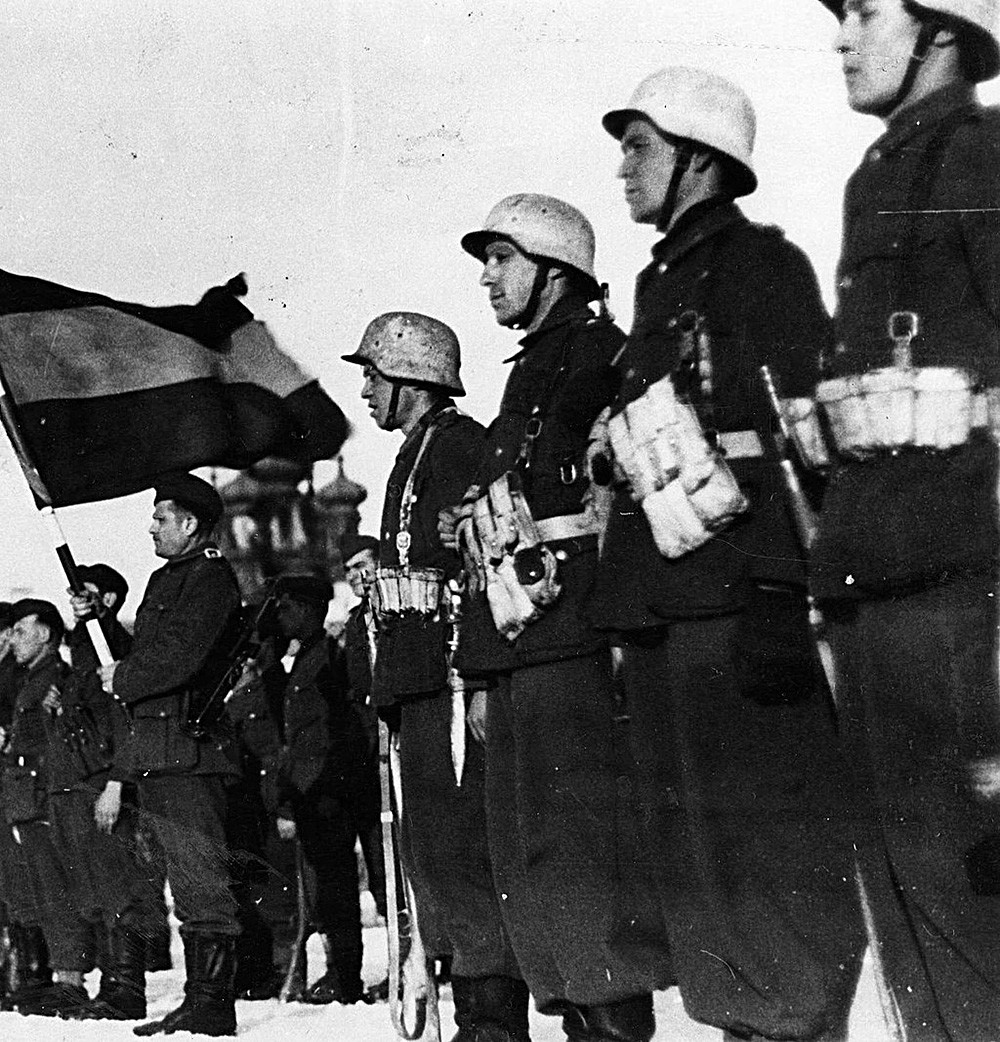
At first, Soviet commanders were dismissive of the Spanish units, considering them a weak link in the enemy defenses and targeting them with the heaviest blows. “The rabble, sappy wimps. Lice-ridden, frostbitten, they curse the day they found themselves in Russia,” said the commander of the 55th Army, Vladimir Sviridov, when planning the Polar Star operation to end the siege of Leningrad (B. Bychevsky. Front City.
In fact, the Spaniards were not so weak. During the fighting in February 1943, they managed to halt the superior Soviet troops near the village of Krasny Bor and held out until reinforcements arrived. However, they suffered colossal losses: entire battalions were wiped out.
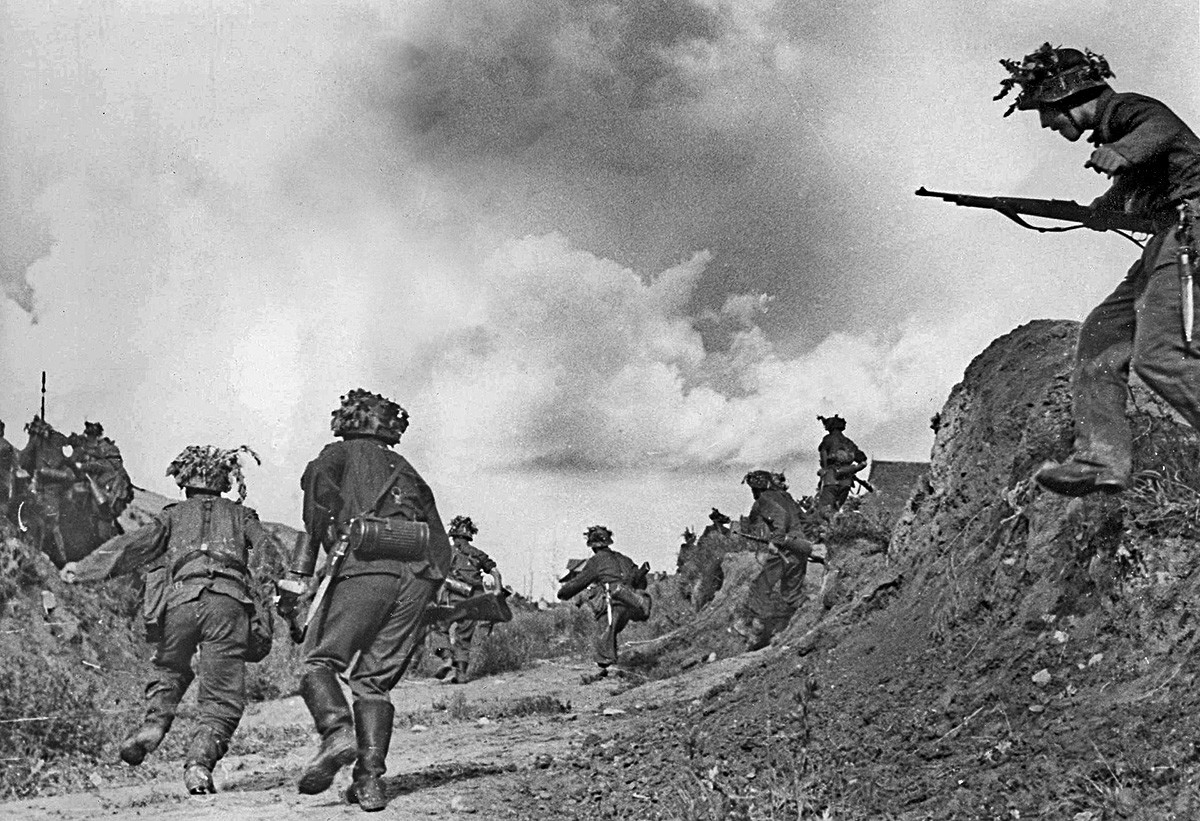
The Blue Division, however, was 'famous' not only for its courage. When the village of Dubrovka in Novgorod Region was liberated from invaders, bodies of Soviet soldiers tortured by the Spaniards were discovered: “Both corpses were scalped... one had his facial bones crushed, fingernails torn off, hands smoked and bearing burn marks. Each body had one of his eyes gouged out and ears cut off. All these atrocities were carried out by thugs from the Spanish Blue Division," Izvestia newspaper reported from the front.
The Red Army repaid the Spaniards with the same coin. “One division fighting against us had many Spaniards in it. They were fighting on the side of the Germans, and our soldiers hated them. If they were dispatched to escort Spanish captives, soldiers would often just shoot them on the way. Well, since they are fighting for the Germans, and our people fought in Spain for freedom, that means they are fascists,” recalled a sergeant with the 196th Infantry Division, Nikolai Kovrukov.
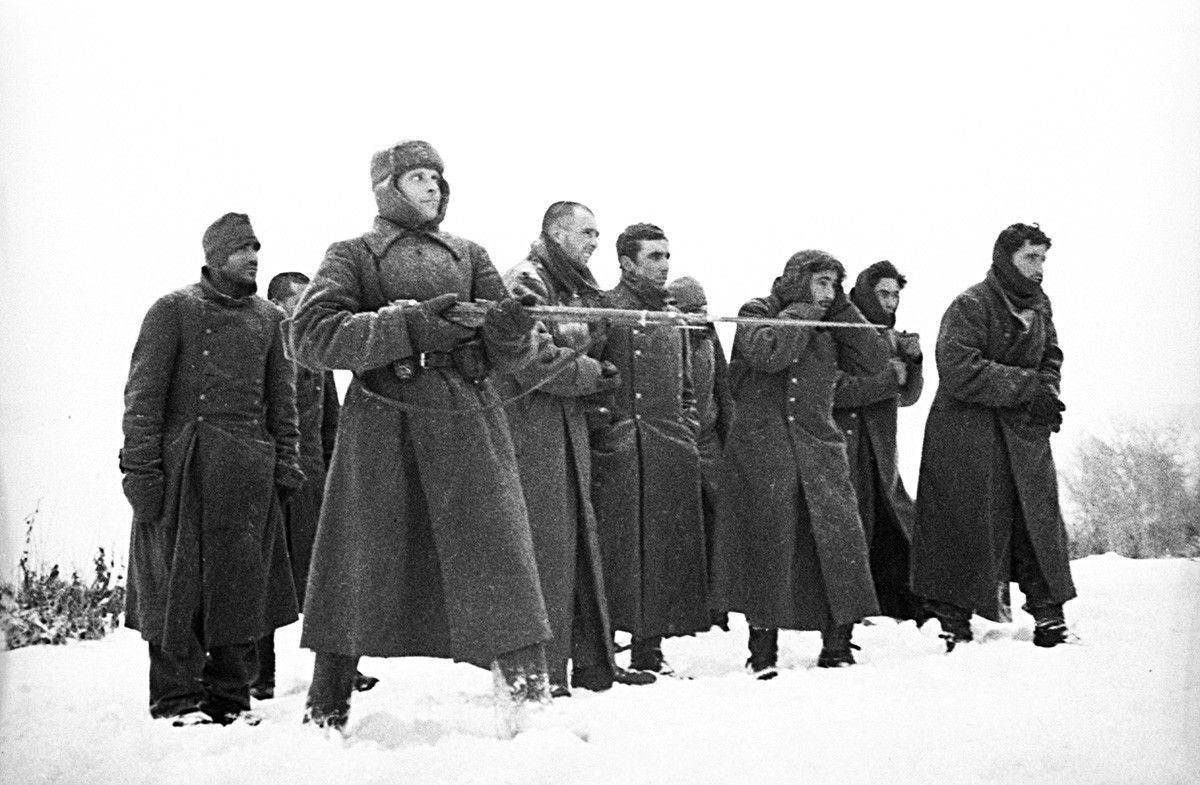
In the fall of 1943, Francisco Franco, seeing how the course of the war was changing, decided to withdraw his troops from the USSR. Nevertheless, some of the Spaniards decided to stay on the Eastern Front. Unofficially, new volunteers kept arriving from Spain. In the very end, during the storming of Berlin, the capital of the Third Reich was defended by several hundred Spanish soldiers.
After the fall of the Republic and Franco's victory, tens of thousands of Spaniards were scattered all over the world. Over 6,000 of them, mostly communists, ended up in the Soviet Union.
Enrique Lister found himself in the USSR even before then. In the early 1930s, he studied at the Frunze Military Academy in Moscow and took part in the construction of the Moscow metro. “In the very first month, I won the title of a shock worker (udarnik), exceeding the target by 132 percent. From then on, my performance was never less than that, and in the following months became even better,” he wrote in his memoir Our War, which was published in Paris in 1966.
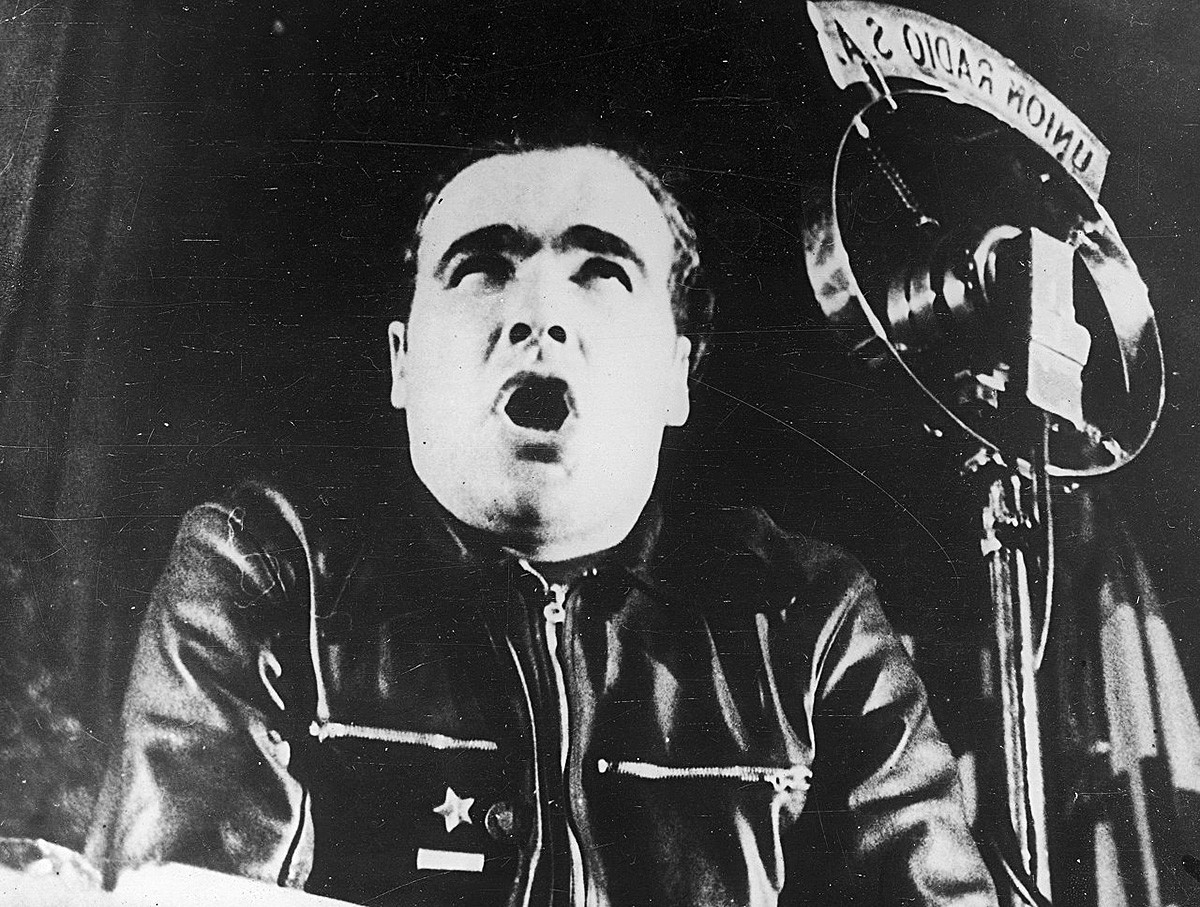
Enrique Líster.
Public domainBeing one of the best trained military officers in Spain at the start of the civil war, Lister was responsible for establishing the people's militia. The Republicans' defeat forced him to return to the Soviet Union, where soon more fighting awaited him.
By 1944, Enrique Lister rose to the rank of a major-general in the Red Army. He took part in operations to end the siege of Leningrad, where he came across his 'old friends' from the time of the Spanish civil war, who were now serving in the Blue Division.
Having settled after the war in Yugoslavia, Lister set a historical record. He is the only person in the 20th century to have become a general in three different armies: Spanish, Soviet and Yugoslav.
One of the best-known Spaniards who fought against the Nazis was Ruben Ruiz Ibarruri, the son of one of the leaders of the communist movement in Spain, Dolores Ibarruri. As a teenager, he fought in the civil war and was captured by the Francoists.
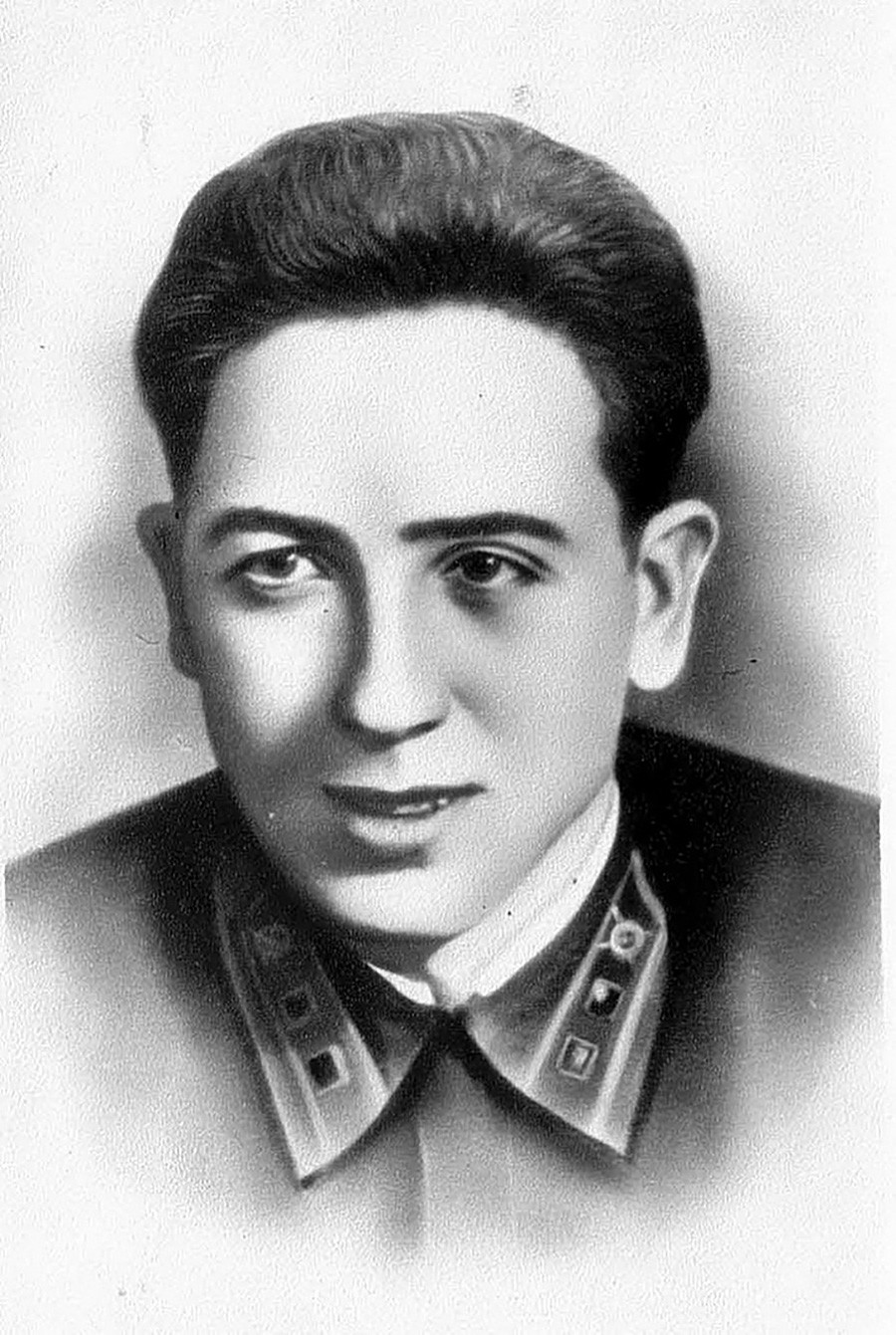
Ruben Ruiz Ibarruri.
Public domainBy Stalin's personal decree, a Soviet raiding party attempted to rescue him, but they were all killed during the operation. In the end, Ruiz Ibarruri was released through the mediation of the Red Cross after a ransom had been paid.
A machine-gun company commander in the Red Army, the 22-year-old Ruben Ruiz Ibarruri was killed during the Battle of Stalingrad. In 1956, he was awarded the title of Hero of the Soviet Union.
Initially, the Soviet command planned to set up a squadron or even a regiment made up of Spanish pilots (like the French Normandie-Niemen regiment in 1942). However, since Spain was a neutral country, the idea was abandoned.
The most 'Spanish' unit in the Soviet Air Force was the 439th Fighter Aviation Regiment, which had nine Spaniards in its ranks. Spaniards served on both bomber and transport aircraft.
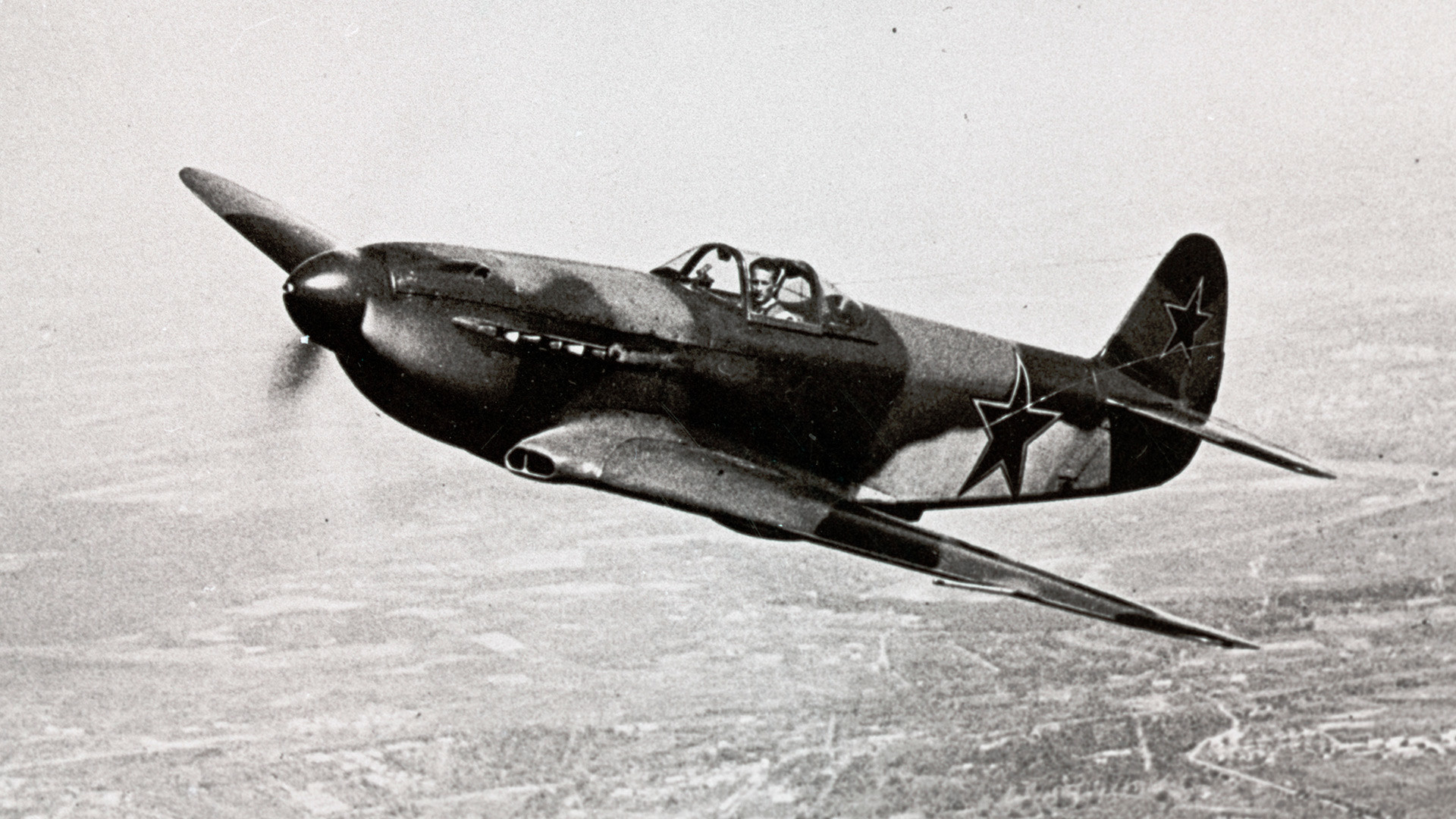
From the first months of the war, Spanish pilots participated in almost all of the major air battles along the entire length of the Soviet-German front. During the Battle of Kursk, both Soviet Spaniards and Blue Squadron pilots took part in the fighting. However, it is not known whether they engaged in air battles with each other.
Towards the end of the war, Spanish pilots were recruited to teach at flight schools. For example, Major Manuel Rovira Orozco was considered one of the best instructors in night battle tactics, and he trained many Soviet night fighter pilots.

Most Spaniards, however, fought in guerrilla and sabotage units. In August 1941, the largest Spanish unit in the USSR was set up outside Moscow, and it was known as Kliment Voroshilov's international guerrilla detachment. Out of its 133 members, 32 were Spanish. The commander was also Spanish, Francisco Gullon. The detachment's main task was to turn members of the Blue Division. When the latter was transferred to Leningrad, the partisans followed suit.
In the fall of 1942, Gullon's fighters were sent behind enemy lines in the Leningrad Region. Because of the pilots' mistakes, the partisans ended up at a great distance from each other. For more than six months, they staged acts of sabotage and derailed German trains. When in March 1943 the detachment managed to join Soviet forces, it had only four people left - two Russians and two Spaniards.
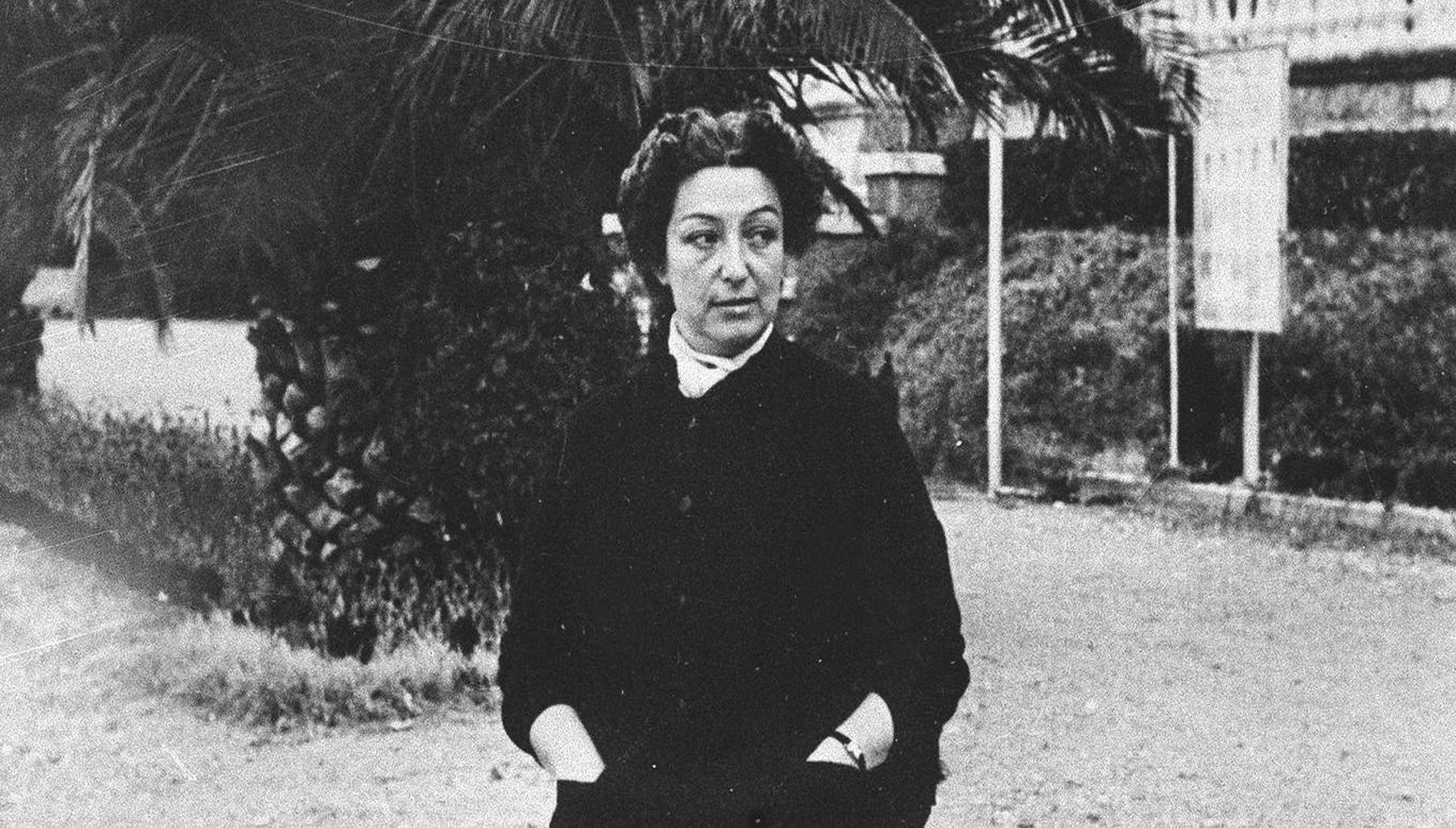
África de las Heras Gavilá.
Press service of the Foreign Intelligence ServiceThe finest radio operator in a reconnaissance and sabotage squad "Victors" that operated in Ukraine was a Spanish young woman with an exotic name, África In 1944, África de las Heras Gavilán was recruited by Soviet foreign intelligence. Colonel Africa's post-war operations remain classified to this day.
If using any of Russia Beyond's content, partly or in full, always provide an active hyperlink to the original material.
Subscribe
to our newsletter!
Get the week's best stories straight to your inbox